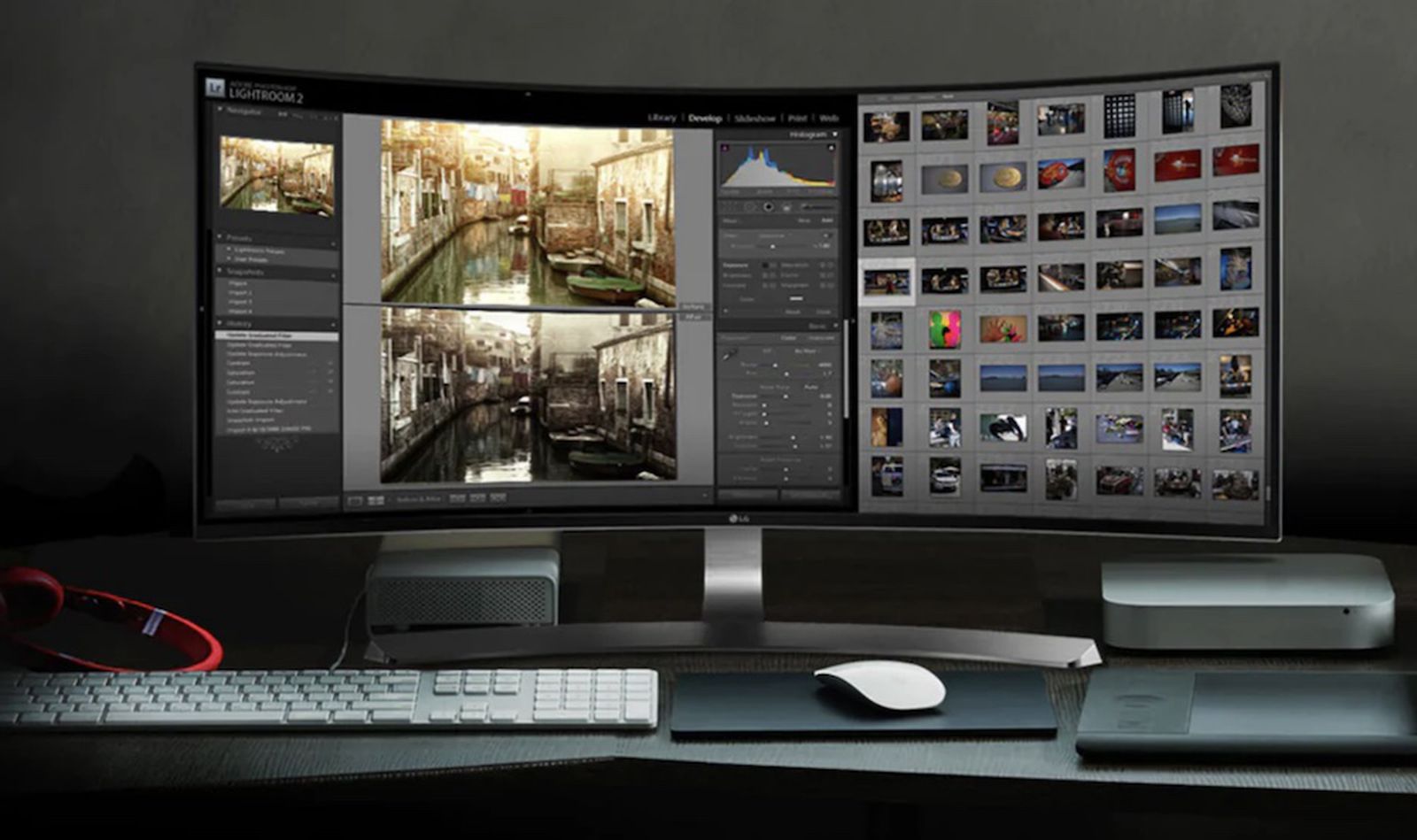What I don't get with Apple's strategy is who they are targeting with this. I keep hearing they target the casual user with the mini (ones that only want to surf the web, facebook, video chat) but all that can be done on their phone or a base iPad for less than half the price (not even including monitor).
That was the old 2006-2010 timeframe target for the mini. When Apple redid the Mini in 2018 there was lots of other use cases talked about by them.
"Sherman set
the wayback machine for November 26 , 2018 "
" ... In addition to being a great desktop computer, Mac mini powers everything from home automation to giant render farms ...
...With a variety of ports, Mac mini is ready for a variety of workflow configurations ...
...
Versatility
To the desktop. And beyond.
Because of its size, performance, and wide array of ports, Mac mini goes where no Mac has gone before. And now with even more cores packed into its 7.7-inch-square frame, you never know where you’ll find a Mac mini — or dozens of them — hard at work. ...
...."
the current Mini market page lists " : 'Home Office ' , 'Gaming' , 'Music Creation' , 'Digital Art and Signage'
Most of these are commercial endeavors ; not low budget home activity.
Apple will try to cover both. A 'regular' M1 ( later M2 , M3 , etc) processor in the more affordable model and a 'bigger die' 'M1X' ( later 'M2X' , 'M3X' , etc) that ride the bow wave of the MBP 14-16" SoC. One gets the more affodable iPad Pro/MBA SoC and the other gets the higher performance.
If they don't radically thin out the enclosure they can do bot with one chassis. If there is enough volume they could do two chassis ( the iMac has support two with a much higher run rate. ). It would easier for Apple to separate out the two major role classes if there were two chassis. However, it is probably cheaper (i.e., profitable ) for Apple for have one chassis with some minor variances .
For example, Apple's upcoming XCode Cloud. If Apple eats their own dogfood and these are licensed out per person/business ( not packing large multiple tenants onto one machine) then need much more than the M1. If there is a team of 2-6 developers sending most of the build/test runs to a single machine than probably need something better than a M1 in most instances ( where 64GB would be usefaul along with a doubling (or more ) of cores ).
The Mini chassis is far more effective to rack at large volume deploymens than the Mac Pro Rackmount ( or old MP 2013 or 2009-2012 rack hostile design. ). Macstadium ( Mac Mini coloc ) , AWS , etc. all bought truckloads of Minis to provide Mac continous build and integration services for rent on. Selling Minis into Clous have been a 10's of thousands per year business for more than several years. ( that is just the "for rent" ones. Intenal private cloud deployments in Mac developer groups is at least as high. )
There is extremely long standing moan and groaning that Apple has no "xMac". Something that is not an iMac but also not Mac Pro. A higher performing Mini is not a 100% match. ( Most of that crowd is looking for a mini-tower box with slots for GPU and DIMM and drives).
Apple attaching the 24" iMac to the M1 is in part more problematical that old situation.
If you are going to work on your Mac, you probably would get a portable to take with you or a Mac Pro if you really need to push the envelope.
$1,500 - 2,500 versus $6,000-8000 the same market. Not even close. The Mac Pro 2019 ramped up a 100%
increase in entry system costs over previous Mac Pros. There are a substantial number of folks that Apple has left out "in the cold". The Mini 2018 "moving up" into higher CPU performance was a partial offset . The M1 Mini is a slight better offset but still there is a huge gulf between where the Mac Pro starts and the Mini 'ends'.
Classically Apple has minimized the fratricide the Mini inflicted upon iMac sales. The Mini M1 and iMac 24" on M1 represents a bit of a change. Don't like Apple's screen choice... users can chuck it without taking a performance hit. I suspect they won't make that the same choice for the iMac 27 ("large screen") models but will allow more overlap than the past.


